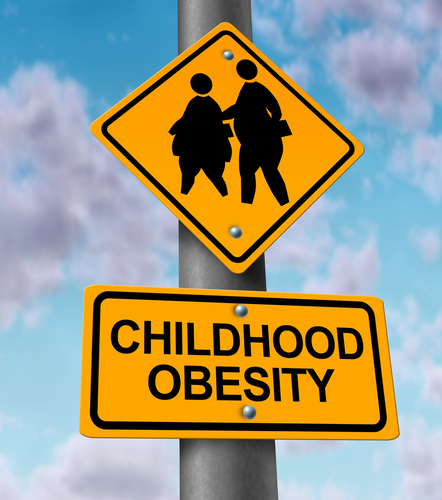 by The Endocrine Society
by The Endocrine Society
In this health related article, a study demonstrates the consequences of excess body fat start very early. Obesity alone is linked to certain abnormalities in the blood that can predispose individuals to developing cardiovascular disease early in adulthood.
 (See “Childhood obesity increases early signs of cardiovascular disease.”)
(See “Childhood obesity increases early signs of cardiovascular disease.”)
Strategies/Skills Used
Reading Strategy 6: Connect what you read with what you already know.
Reading Strategy 7: Determine the most important ideas and events and the relationship between them.
Reading Strategy 8: Extract information from text, charts, graphs, maps and illustrations.
Reading Strategy 9: Identify and interpret literary elements in different genres.
Reading Strategy 10: Summarize what has been read.
Reading Strategy 12: Reflect and respond.
Writing Skill 1: I generate ideas in a variety of ways.
Writing Skill 2: I organize my ideas based on my purpose for writing.
Writing Skill 3: I use a variety of sentence lengths and patterns.
Writing Skill 4: I write so my thoughts flow smoothly and are easy to read.
Writing Skill 5: I carefully choose the most effective words to express my ideas.
Writing Skill 6: I choose the tone and point of view that suit my writing purpose.
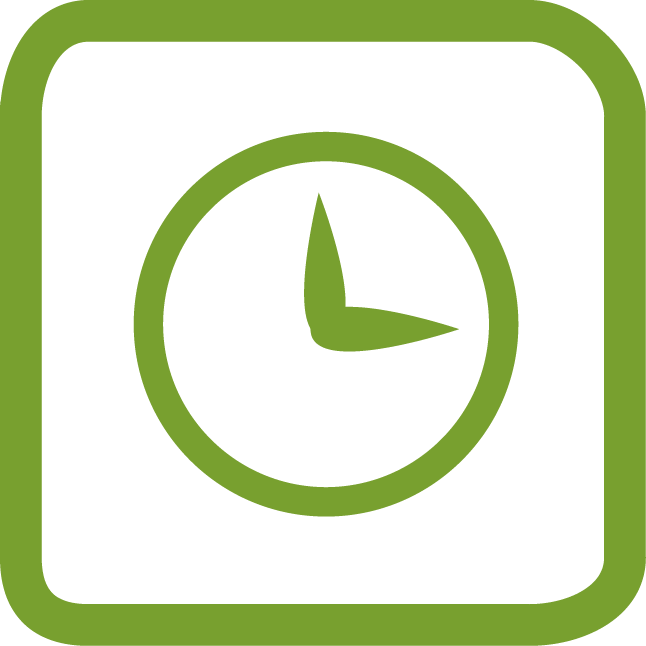 TEACHING THE ACTIVITY: PRE-READING
TEACHING THE ACTIVITY: PRE-READING
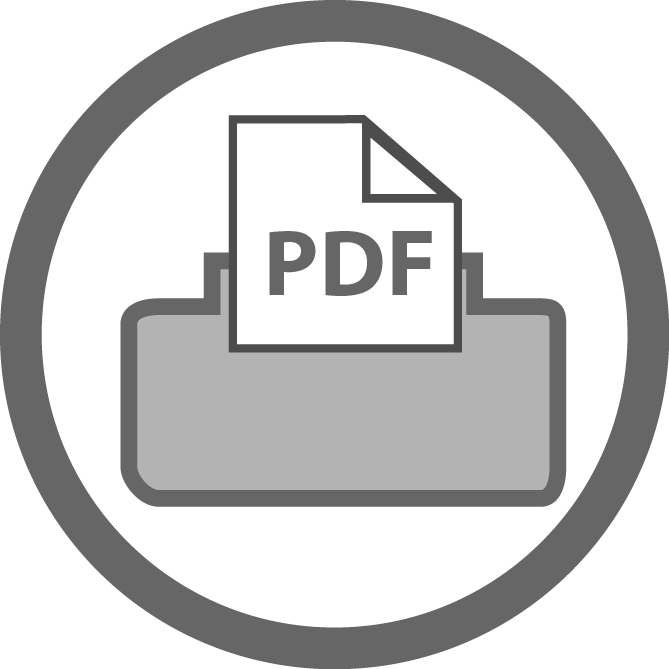 (1) Hand out a Venn Diagram to each small group of three or four students.
(1) Hand out a Venn Diagram to each small group of three or four students.
(2) Have students label the circle on the left with the title “Causes of Childhood Obesity” and list as many factors as they can in that circle.
(3) Have students label the circle on the right with the title “Causes of Cardiovascular Disease” and list as many factors as they can in that circle.
(4) Instruct students to list all factors that are common between the two topics and list them in the “alike” circle in the middle.
(5) Discuss as a class the common lifestyle habits that lead to both diseases. Have each group share their ideas. Introduce the title of the reading and ask them to predict what the reading may be about.
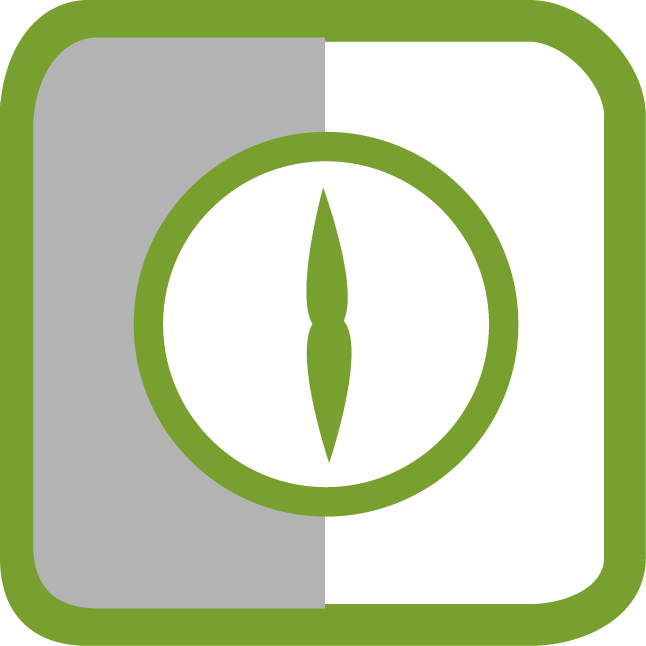 TEACHING THE ACTIVITY: DURING READING
TEACHING THE ACTIVITY: DURING READING
(6) Using the writing activity Reading as a Writer: Finding Fabulous Quotes, model how to select a powerful quote and how to cite it for future reference.
(7) Have students read the article independently while highlighting quotes, words, phrases and sentences that they deem to be rich, descriptive and memorable.
(8) Have students record their highlighted selections in a notebook or journal.
(9) In partners or small groups, have students compare and share their quotes. Ask students to choose at least one different idea from their peer’s list and add it to their own.
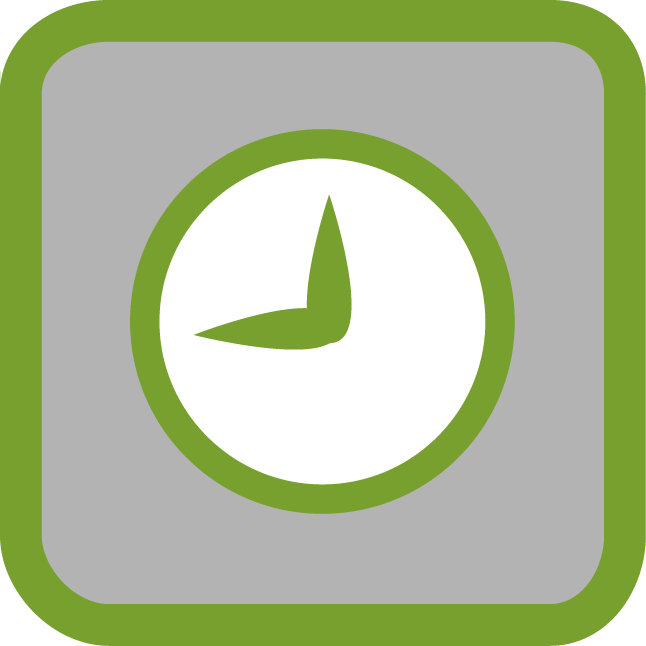 TEACHING THE ACTIVITY: POST-READING
TEACHING THE ACTIVITY: POST-READING
(10) Place students in groups of four and provide them with sticky notes and chart paper.
(11) Have students work together to select from their lists the sentence they feel best captures the theme of the article, one phrase that moved them and one word that was powerful. Each group must record their choices on the sticky notes and be able to explain why they made those selections.
(12) Invite each group to place their sticky notes on the wall or on chart paper.
(13) Lead a group discussion by asking the following questions to the class:
- What themes emerge?
- What implications or predictions can be drawn?
- Were there aspects of the text not captured in your choices?
(14) Have students reflect on the reading, the activities and the discussion to create a meaningful response using the Response Logs/Reflective Journal strategy. Students must include their own choice for the most meaningful phrase, sentence and word from the article, and must cite each one of them correctly according to the model given to them by the teacher in the Reading as a Writer activity.